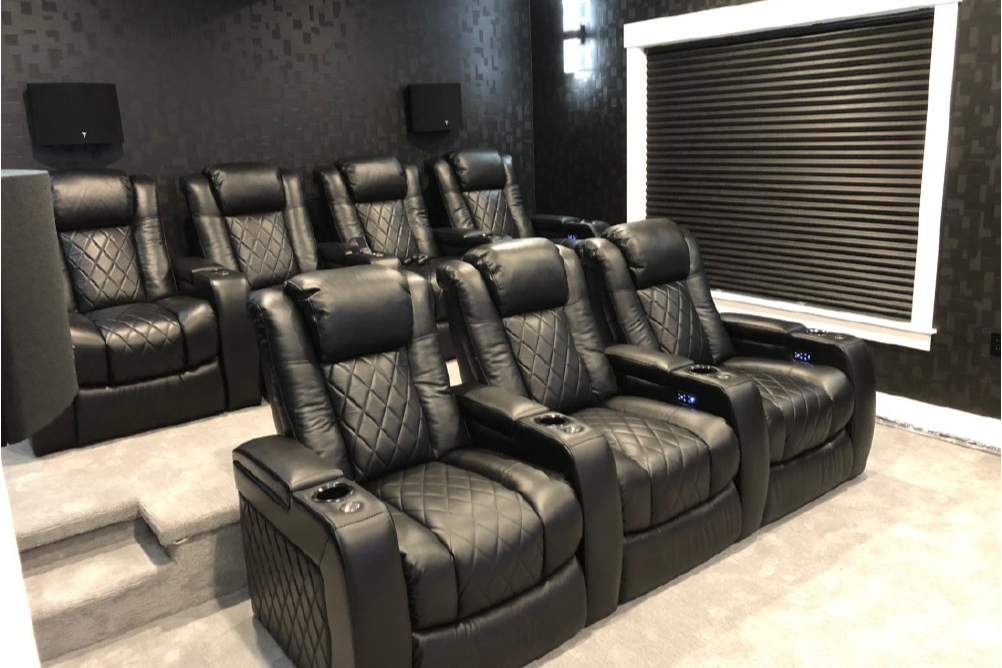
When it comes to setting up a home theater, many people neglect the type of cables they use for their setup. Cables, and connection cables are Essential for your setup to work as desired. Cables determine if your signals are effectively transported from one place to another. If your cables are not high quality the sound and image quality will degrade. One of the most important and well known cable types is the HDMI cable
HDMI Naming Convention
The naming convention of HDMI cables varies from that of USB connectors and other cables. For example with USB cables, USB type B and USB type C have completely different type of connectors. The numbers and letters that come after USB indicate the type of connector that the cable with have. But with HDMI cables the connector does not change. The number after the HDMI, like HDMI 1.6, does not indicate the version number of the cable itself. It indicates the hardware that is optimized to be used with this cable. For example, HDMI 2 is optimized to transport 4K video at 60 frames per second.
Speed
The most important thing you should consider when purchasing an HDMI cable is speed of the transfer. HDMI speed refers to how fast data is transferred. If you do not transfer you signal fast enough the quality of your image and sound will not be good. Sometimes the speed can be called bandwidth, and it is measured in gigabits per second. The good thing is that you do not need to know what gigabits per second you need because there are 4 main categories of HDMI cables. Each category has specific devices it works properly with. The 4 categories are:
- Standard HDMI
- If you do not have a 4K TV or projector, and dont really plan on buying one, this type of HDMI cable is perfect.
- Standard HDMI cables support HD video in both 720p and 1080i resolutions
- High Speed HDMI
- High Speed HDMI cords support 3D video, deep color, and of course, 1080p HD.
- Premium High Speed HDMI
- If you are sticking to 4K video, this is the cable for you.
- Premium High Speed HDMI cords support 4K up to 60Hz, many types HDR ,and it also supports ARC.
- Ultra High Speed HDMI
- The newest type of HDMI cable, and is only really recommend if you want to future proof your setup or if you have 8K technology.
- Ultra High Speed HDMI supports 8K video, eARC, and VRR technologies
Length
If you need a long HDMI cable, like a cable longer than 25 feet you need to ensure that you are buying a high quality cable. Why? As you get a longer and longer cable, there is a bigger chance for signal degradation to occur unless you get a high quality cable that is able to transport over these longer distances. If you do not invest in a cable that is able to do this, the quality of image and sound can potentially degrade and ruin your entire immersive movie experience.
Installation Type
A lot of people like to have it so that all their setup cables are stored in the walls so that no wires are on the floor which can be tripped on, or ruin the clean look of your home theater. If you plan on putting your cables in the walls you need o make sure they are rated to be stored in walls! Not all HDMI cables are able to be installed in walls, only those with a CL2 or CL3 rating are able to be stored in walls because they are able to withstand accidental contact with nails and other objects inside walls. You need to look into the rating on your HDMI cable to make sure that is it is able to be installed in the walls.
In conclusion, you need to do a lot of planning when it comes to buying your HDMI cable. If you plan correctly, your home theater will remain awesome.
